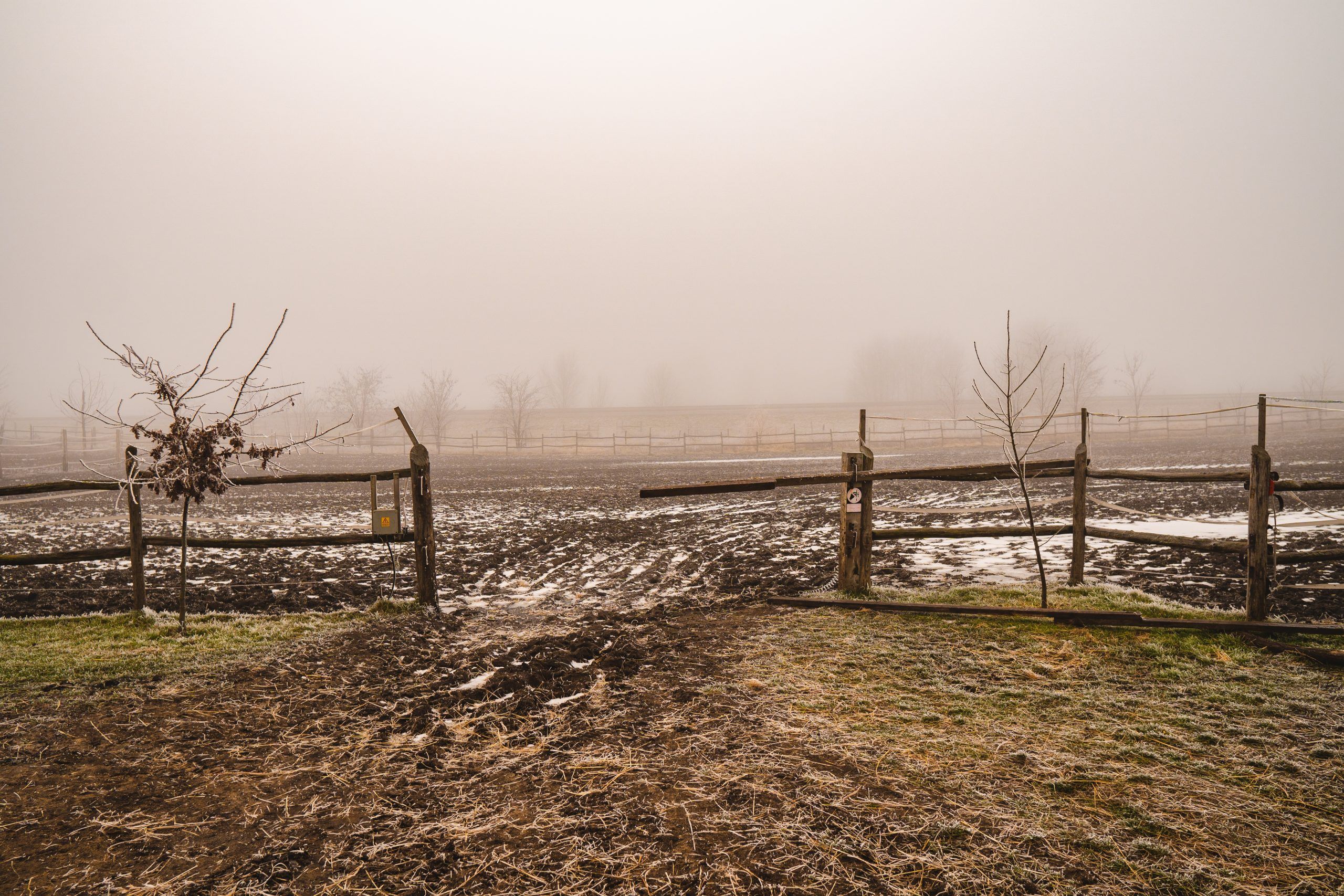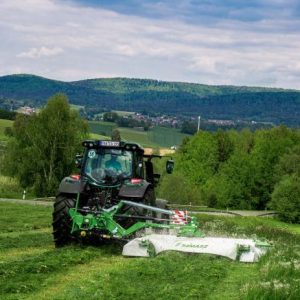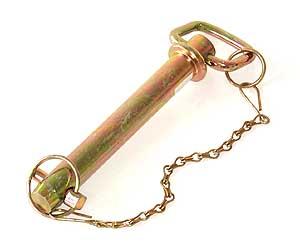Pugging Problems? Revitalize Your Pasture with Expert Tips on Effective Damage Management
Damaged or “pugged” soil can be caused by livestock, heavy rainfall, overgrazing, or a myriad of other factors. Pugging damage can have a significant impact on the productivity of your land. In this blog post, we will explore strategies for managing pasture damage due to pugging and restoring your soil to its former health.
Pugged and hard compacted soil has a reduced ability to absorb water and nutrients and lack of aeration hinders root growth. Pugged areas are also at risk of erosion as the topsoil becomes more vulnerable to wind and water. All this amounts to pastures with reduced forage production, affecting livestock nutrition and farm profitability. Therefore, it’s safe to say that ignoring pugging damage is the last thing to do.

1. Assess the damage and employ suitable ground prep
There are generally three levels of pasture damage and varying ground preparation techniques depending on the level of damage.
- High compaction: sub-soiling or ripping, followed by cultivation, will be necessary. The soil must be sufficiently dry to ensure successful execution.
- Rough and pugged but not churned up: Harrowing the ground before seeding may be necessary to enhance the germination of the seed. Follow up with a roller to flatten the ground and provide seed-to-soil contact.
- Light to moderate damage – Employ harrowing techniques in conjunction with urea application to stimulate pasture growth.
2. Reseed them with appropriate pasture species
Choose grasses and legumes that are resilient and well-suited to your region. Italian and hybrid ryegrasses are the ideal choice for rapid establishment, while for pastures intended for long-term use, it’s best to opt for a perennial grass variety with robust tillering characteristics.
Sow seeds using either drilling or broadcasting methods. Hand sowing or broadcasting is suitable for smaller areas however it’s beneficial to use a harrow for the process. A spiked harrow can create a tilth or particle of soil. When seed encounters tilth it causes it to germinate.
3. Soil Aeration
Aerating the soil can help alleviate compaction. Methods include spike or subsoil aeration. Promote earthworm activity by maintaining organic matter levels in the soil.
4. Improving Drainage
Address poor drainage issues by installing tile drains or ditches. Redirect water flow away from pugging-prone areas to reduce the likelihood of soil saturation.
5. Minimize Traffic in Wet Conditions
Avoid allowing livestock onto wet pastures whenever possible. Plan your grazing schedule to minimize damage during wet seasons.
6. Maintain Soil Fertility
Regularly test and amend the soil with the necessary nutrients to promote healthy grass growth.
Balance pH levels to optimize nutrient uptake.
7. Monitor Progress:
Keep a close eye on the recovery of damaged areas and adjust your management practices accordingly.
8. Preventative Measures:
Rotational Grazing: Implement a rotational grazing system to prevent overgrazing in specific areas.
Heavy-Use Pads: Create designated heavy-use pads where livestock can congregate without damaging the rest of the pasture.
Fencing: Use fencing to control animal movement and limit access to sensitive areas during wet conditions.
Managing pasture damage due to pugging is crucial for maintaining the health and productivity of your land. By implementing preventative measures, reseeding damaged areas, improving soil aeration, and addressing drainage issues, you can significantly reduce the impact of pugging and restore your pastures to their former vitality. Remember that proper pasture management is an ongoing process, and regular monitoring is key to long-term success. With care and attention, you can ensure your pastures remain productive and sustainable for both livestock and your farm’s bottom line.












